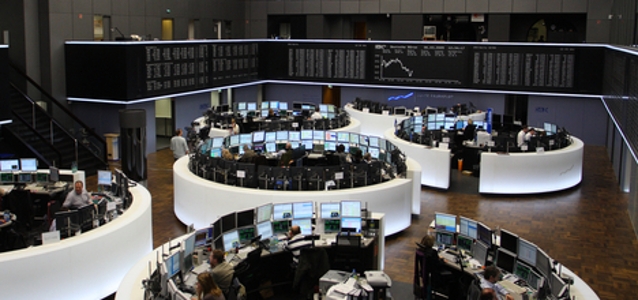
© bdriver-dreamstime.com
Analysis |
European PV market’s low threshold weakens Chinese impact
Setting a minimum price and a volume limit on EU imports of Chinese solar panels has become the final solution to solar trade dispute between China and Europe.
According to EnergyTrend, a research division of TrendForce, the settlement is likely to increase entry barriers toward the European market and drive out destructive market price so first-tier manufacturers can focus on product and service quality to achieve industrial concentration in a faster pace. Meanwhile, first-tier manufacturers have started to build factories overseas and look for opportunities to export to the emerging market in case the trade war repeats itself in the future.
EnergyTrend further emphasizes that the agreement may not solve the market issues in the long-term. Companies should think ahead regarding whether the trade war will return after the launch of the two-year agreement. Besides, how to find new opportunities from all the disputes for PV manufacturers in regions such as Korea and Taiwan will be the topic that concerns the most people in the new era.
Volume limit and quota allocation intensify PV market competition
As indicated in the announced implementation plan, 60% of quota is allocated based on the proportion of Chinese manufacturers’ module shipments to Europe from July 2011 to March 2013. Thus it can be a bad news to PV companies with fewer shipments during this period. A total of ninety-four Chinese manufacturers are in the scheme, which is still too many in contrast to the number of competitive manufacturers in the market.
EnergyTrend believes that the current quota allocation plan will not be helpful to industrial concentration which the market is looking forward to. Moreover, the quota held by first-tier manufacturers may be much lower than their total shipments to Europe in the entire 2012. The market is doubtful about the indefinite quota allocation and it may not be a good thing for Chinese PV development if industrial concentration is achieved this way.
Judging from another aspect, price elevation allows first-tier manufacturers to provide better service rather than focus on lowering the price in order to compete with second/third-tier manufacturers. It doesn’t mean that there won’t be loss to first-tier manufacturers because volume limits will lead to sales stagnation in the European market, which would in turn encourage manufacturers to transfer shipments to other regions. As competition becomes more intense, how to be profitable under the quota limit in the European market will become a major concern within the industry.
Low-cost PV cells creates win-win situation for both Chinese and European manufacturers
The EU-China settlement allows Europe to be exempted from low-cost competition. Apart from that, the minimum price of cell may not be too high in order to support the development of European module manufacturers. Take cell cost, for example; the cost of Taiwan’s high-efficiency cells with a market share of 15.2% that ranked second in the world is about USD 0.4 - USD 0.42. The cost of first-tier Chinese cells is about USD 0.37 - USD 0.39. Therefore, if Chinese cells can be exported to Europe and processed into modules in Europe, Chinese manufacuturers are likely to maintain notable advantages on cost.





